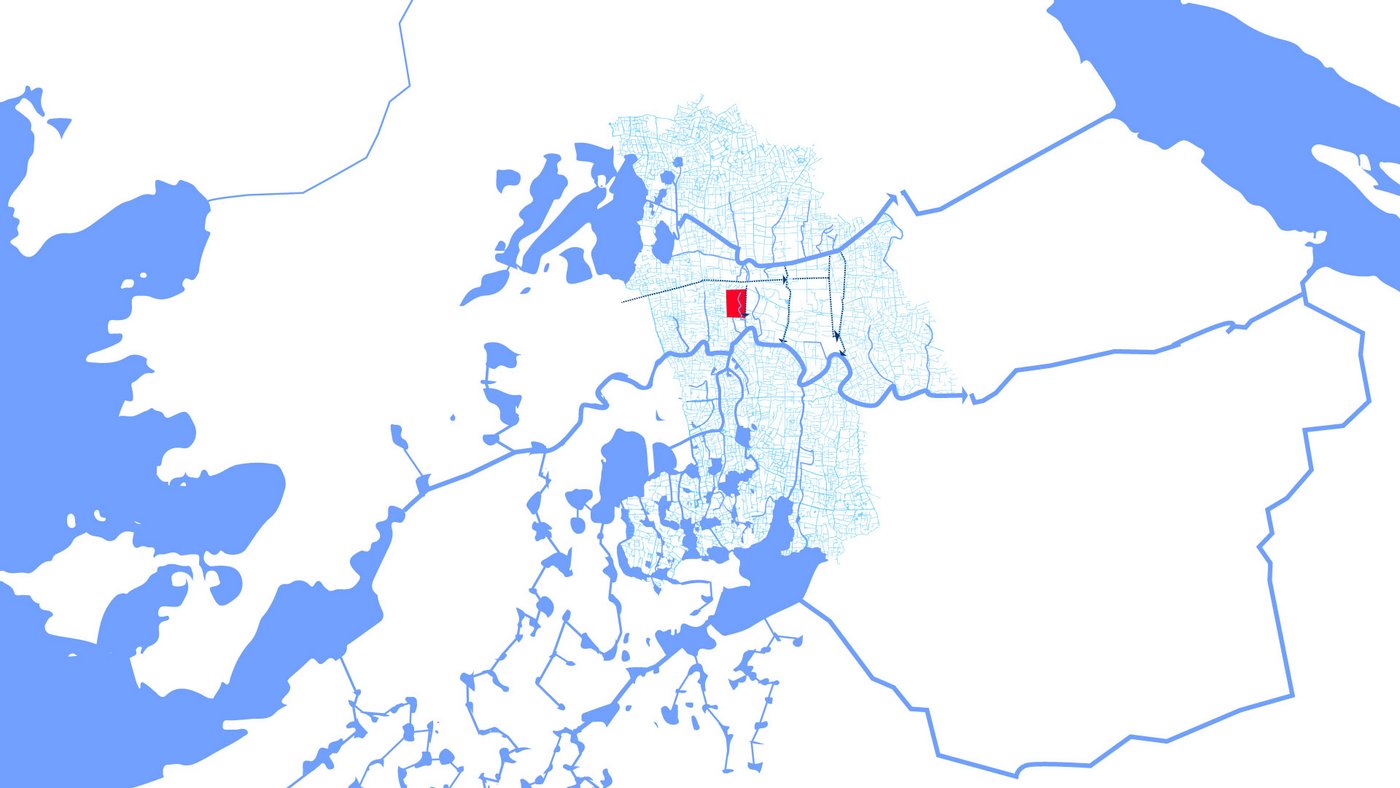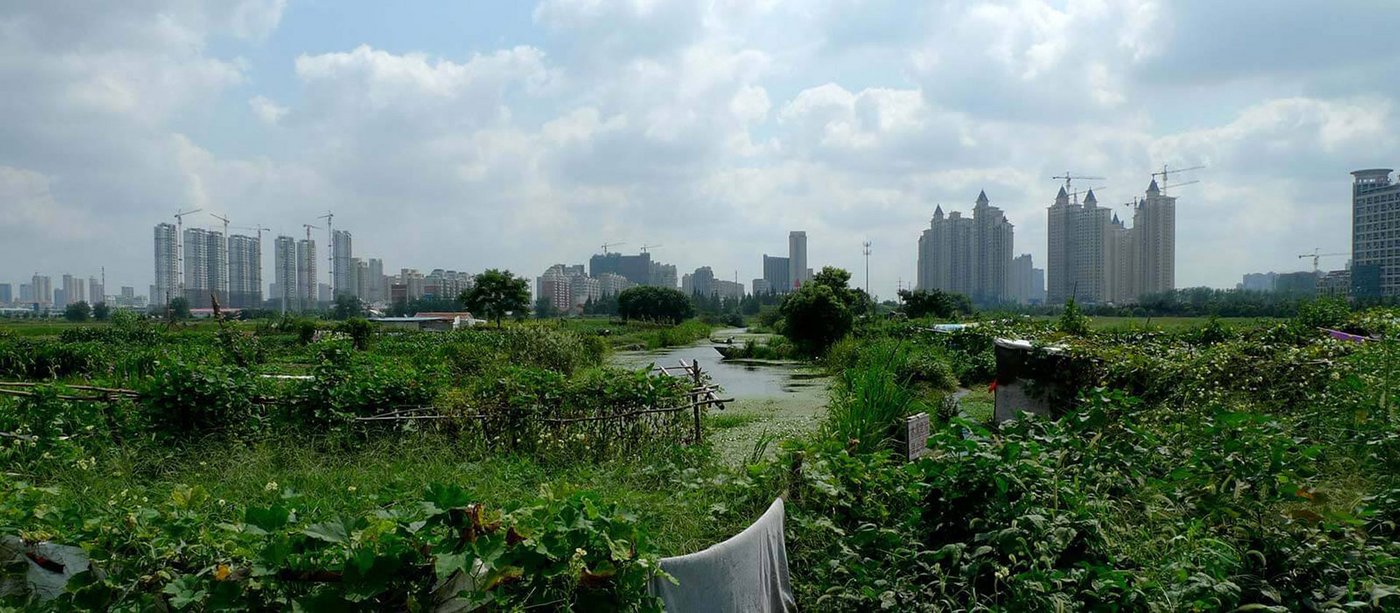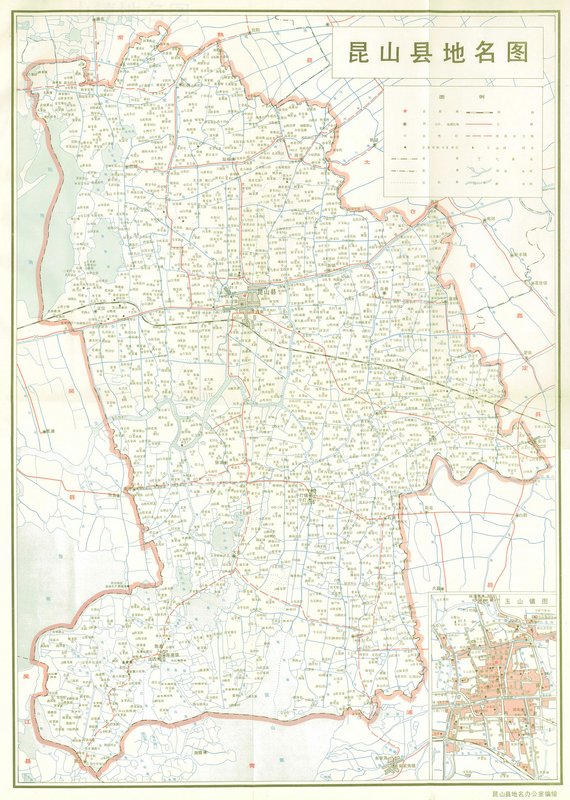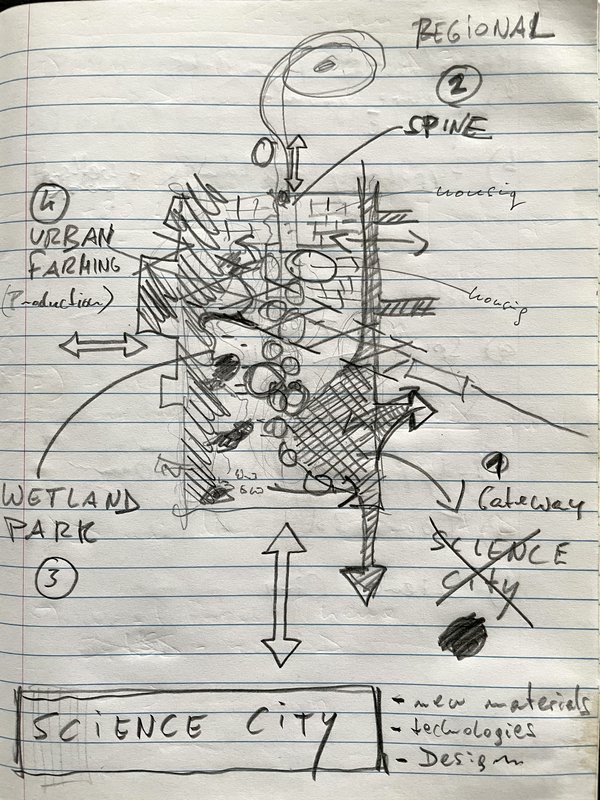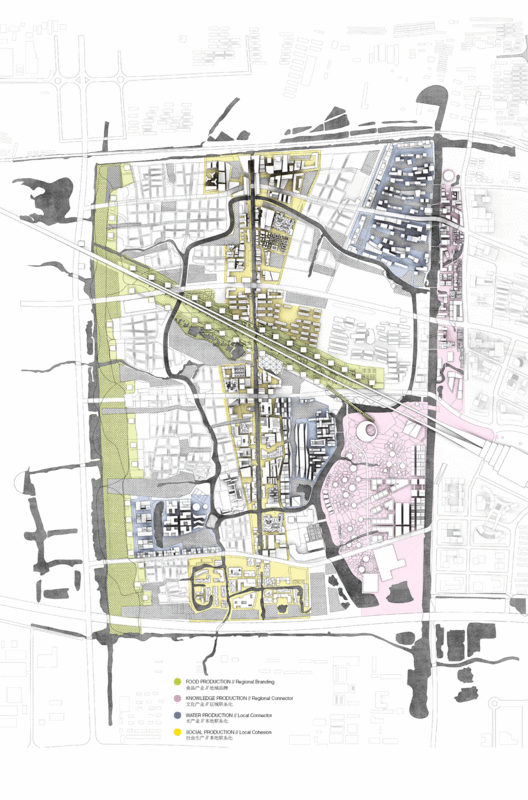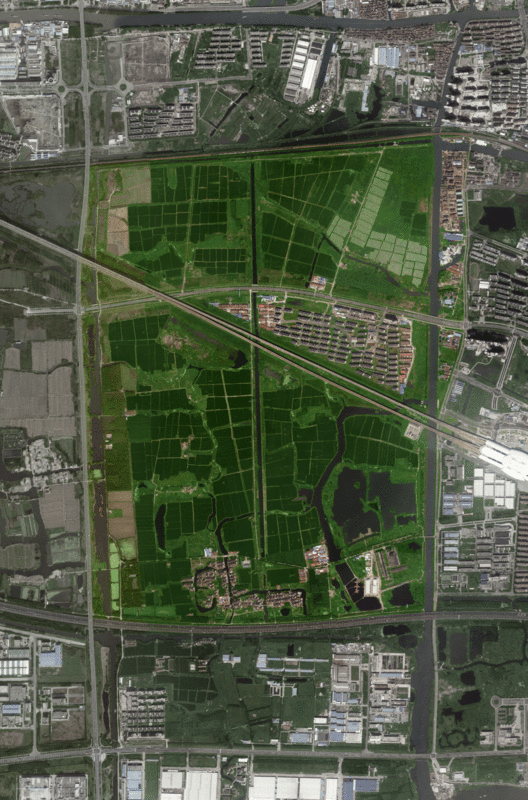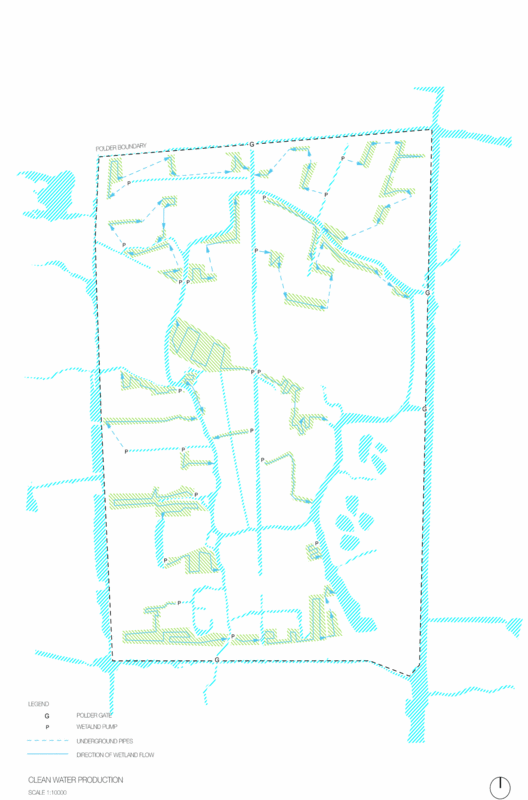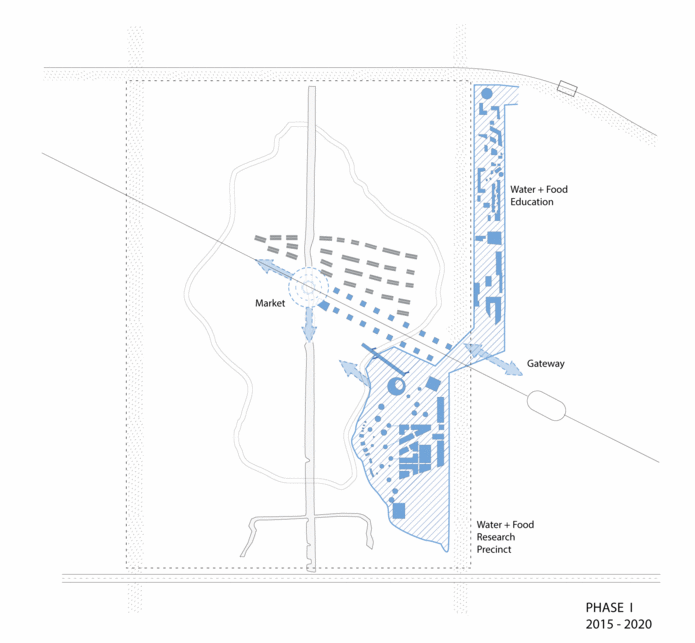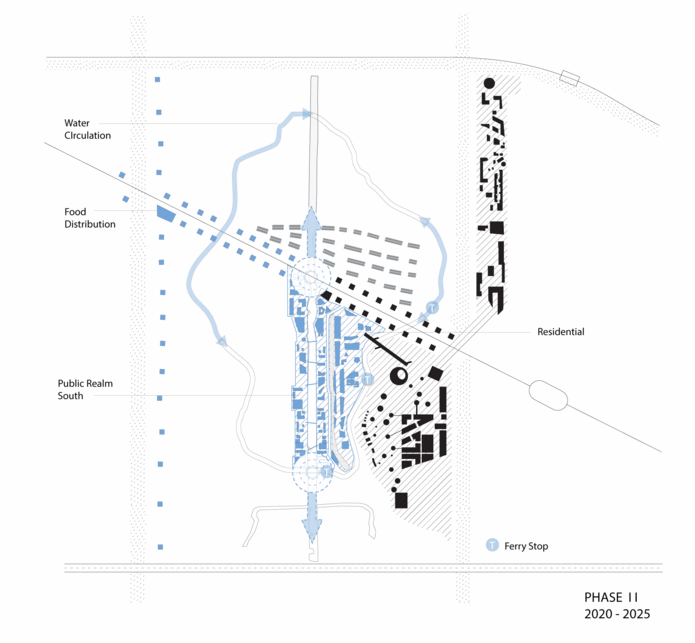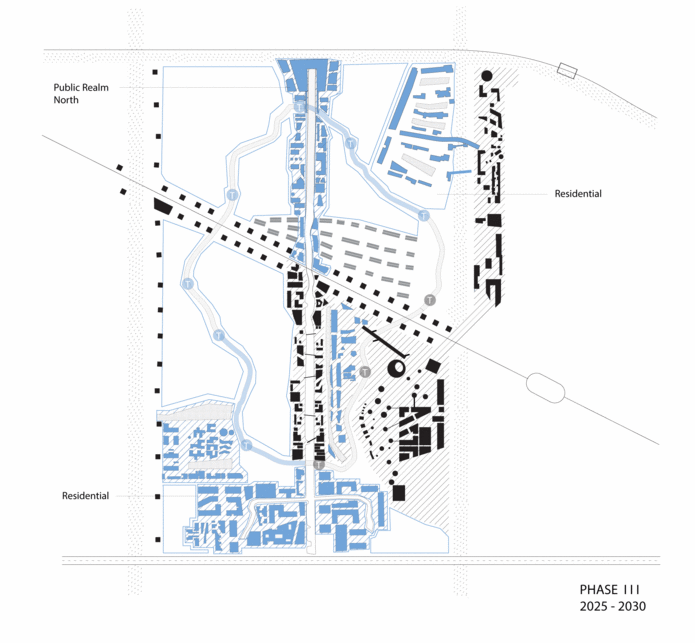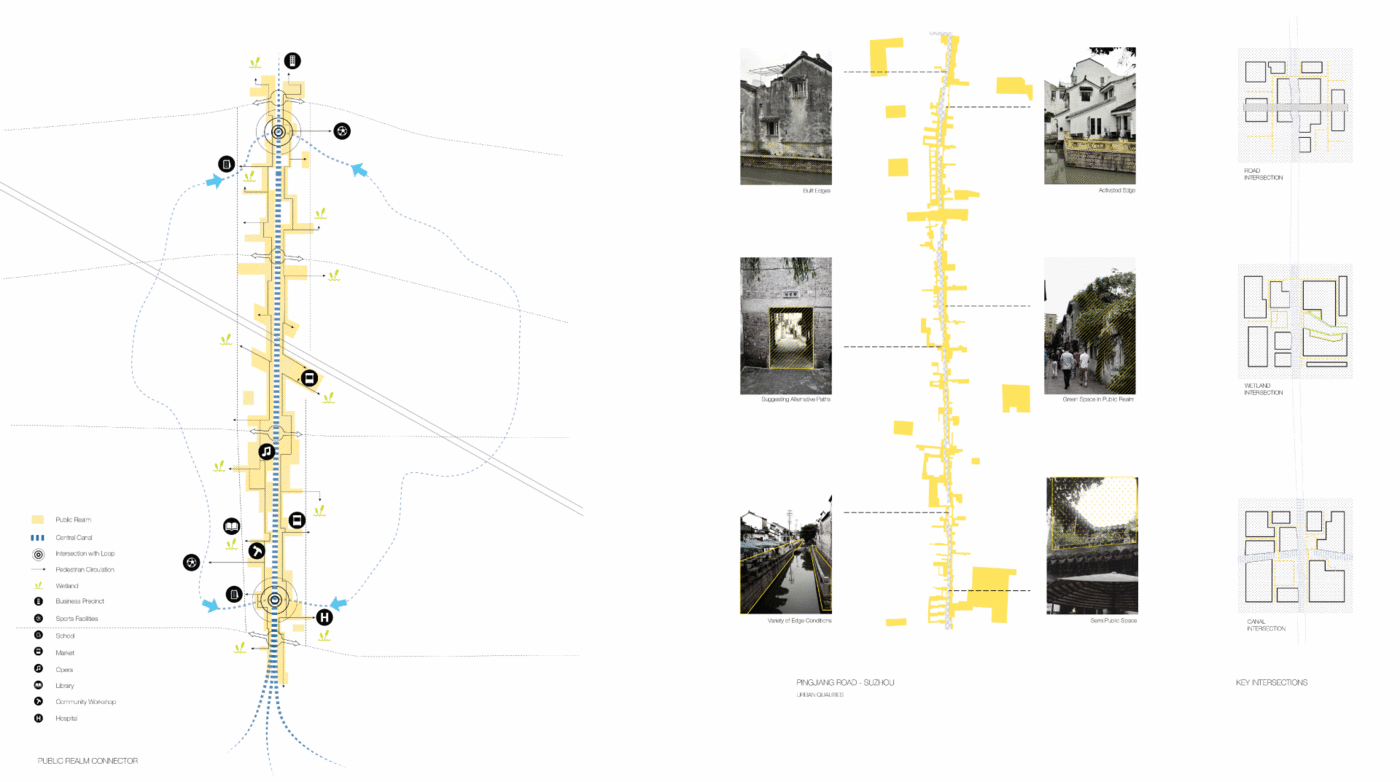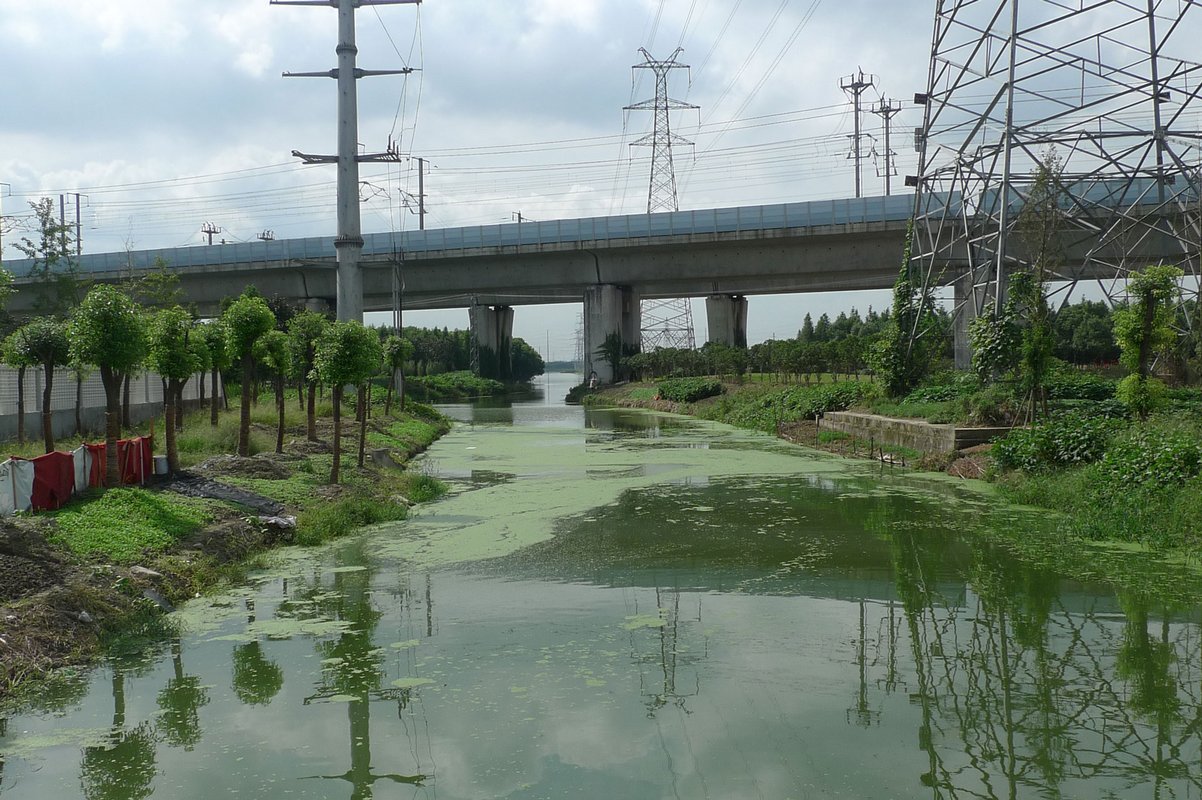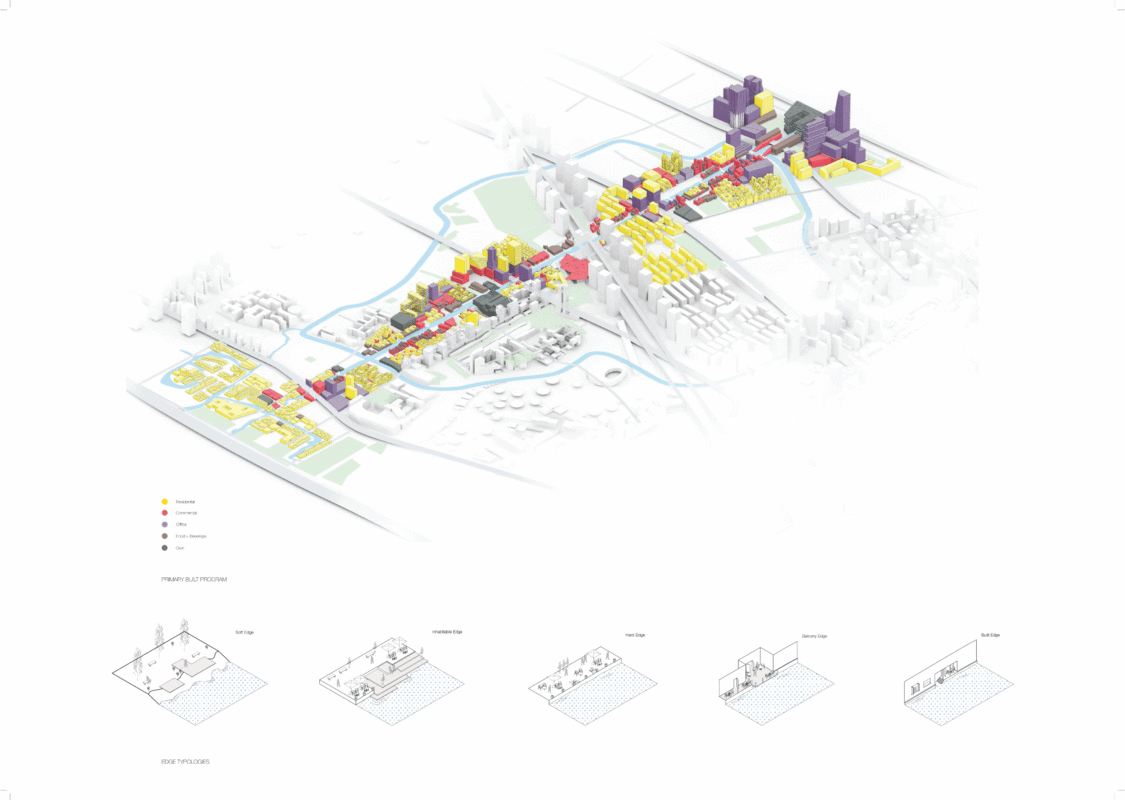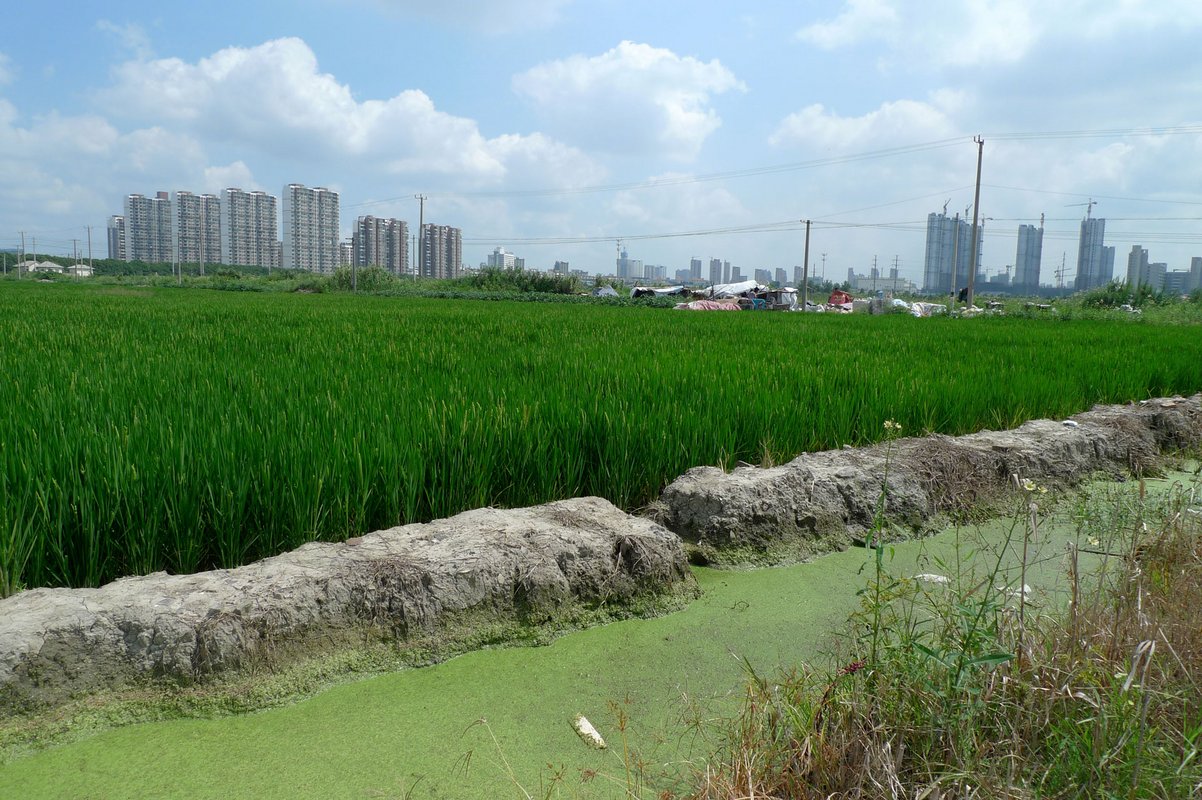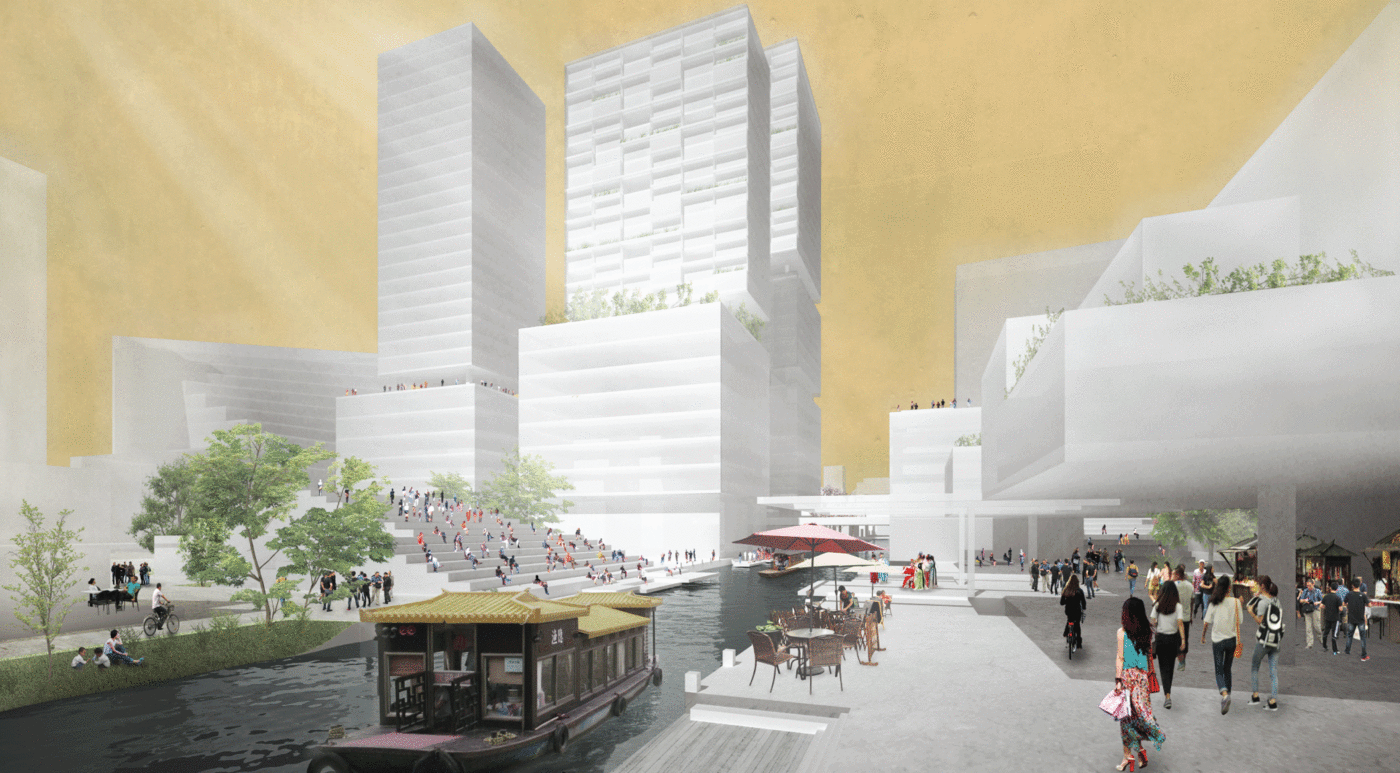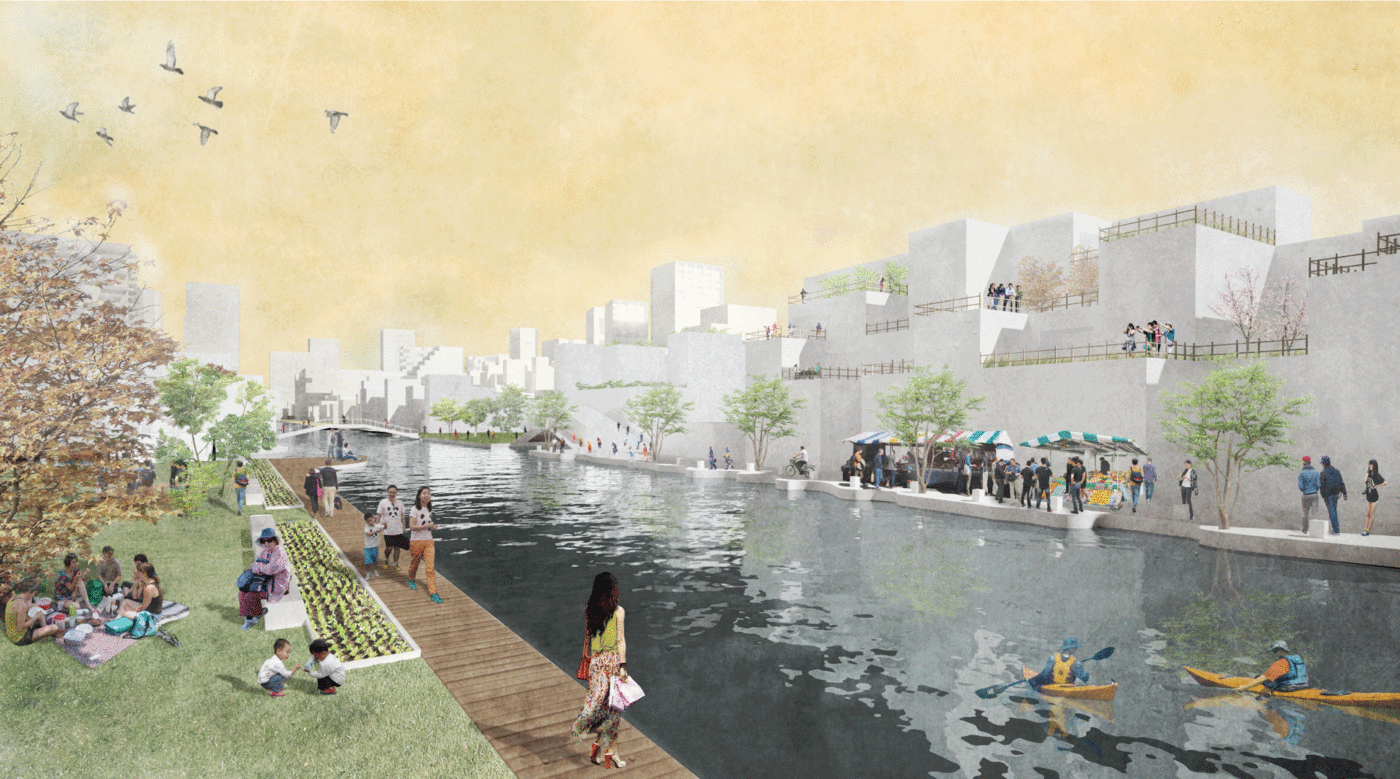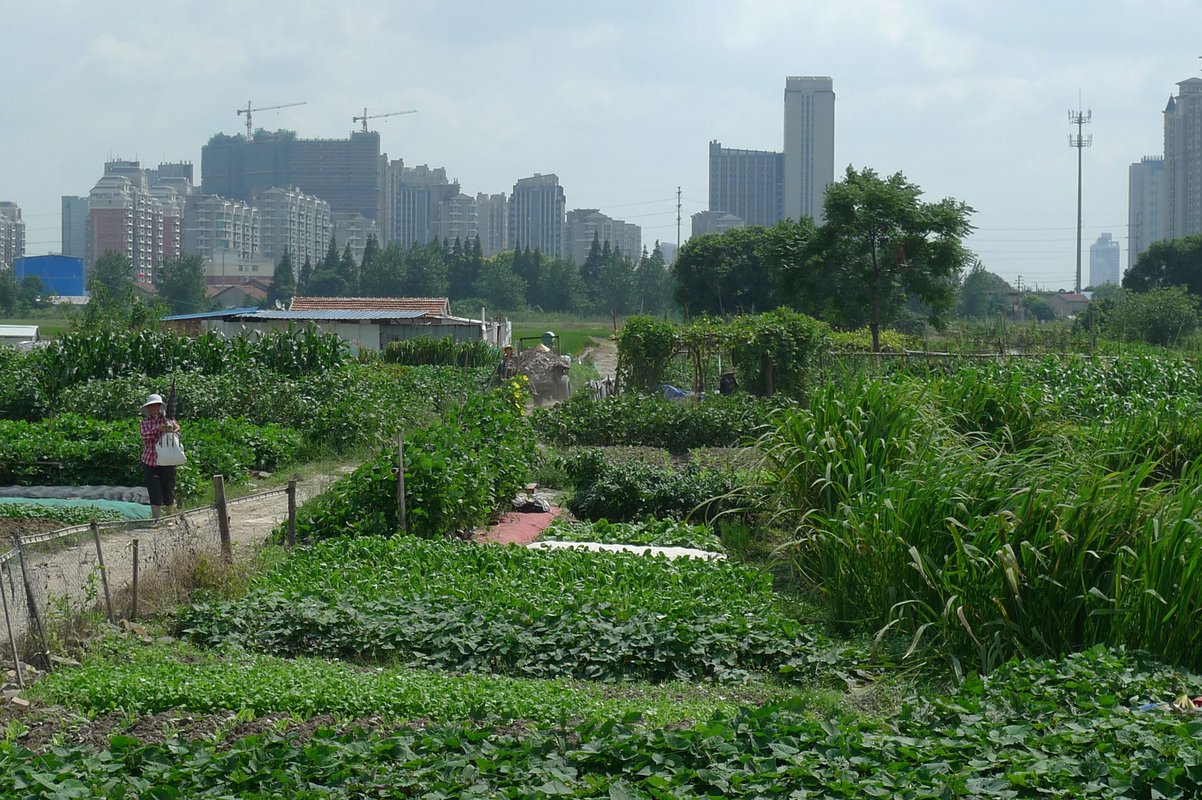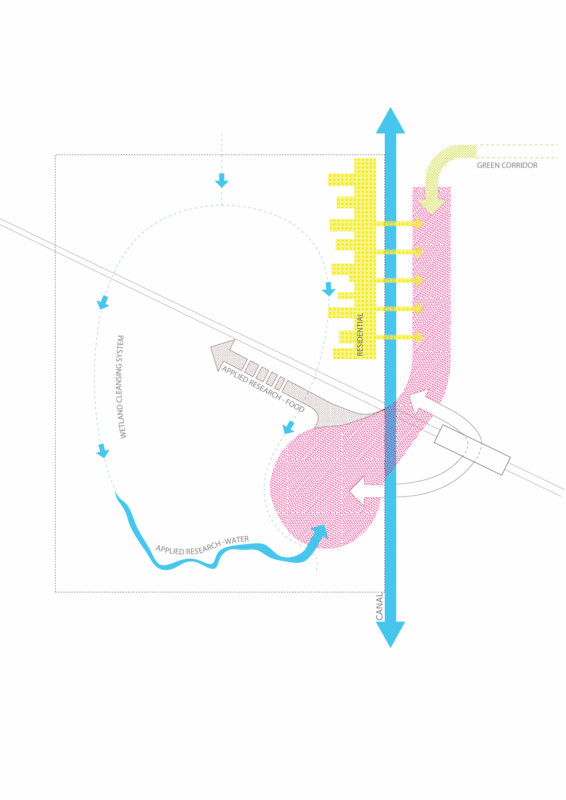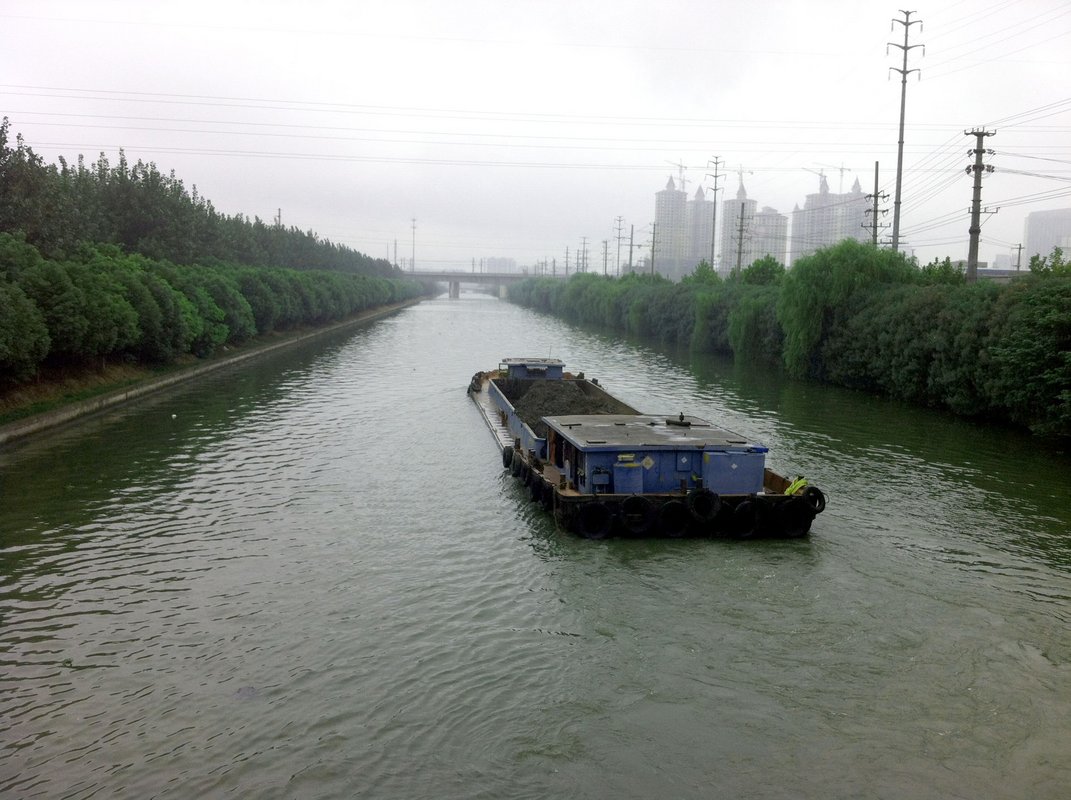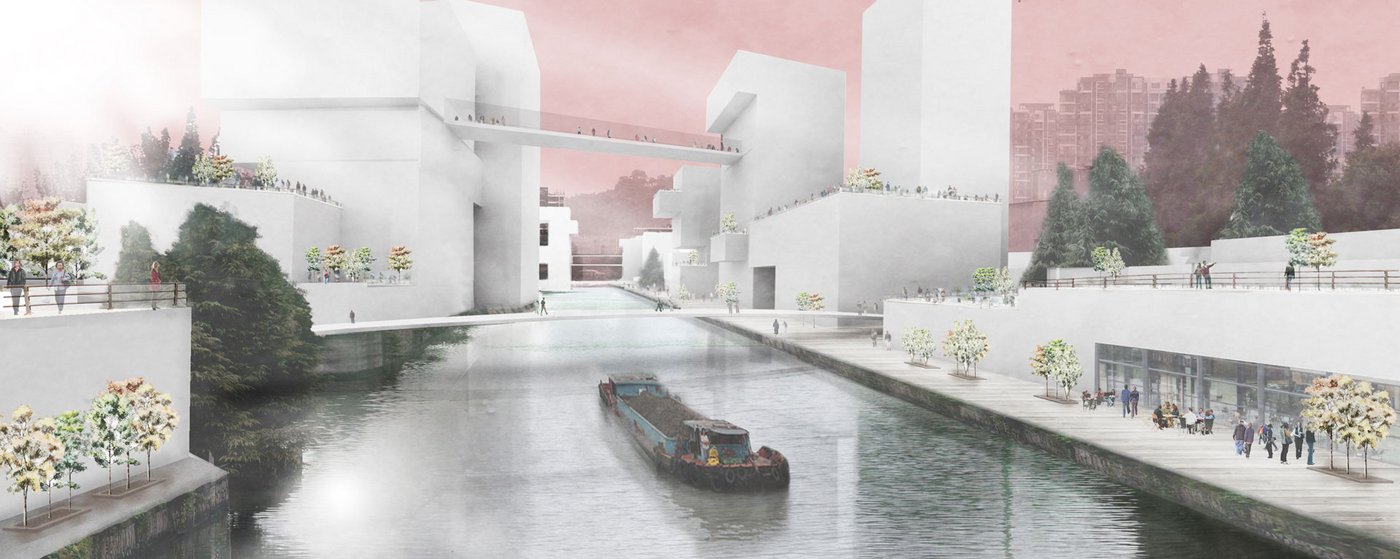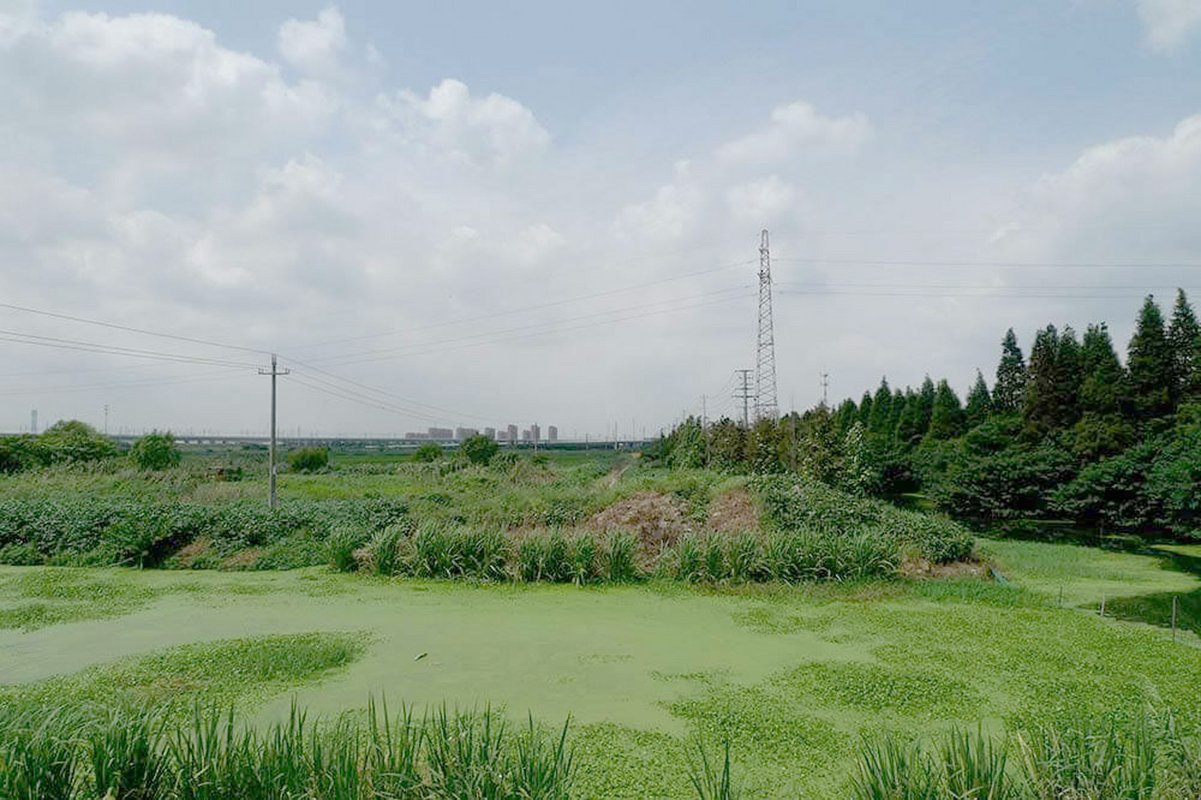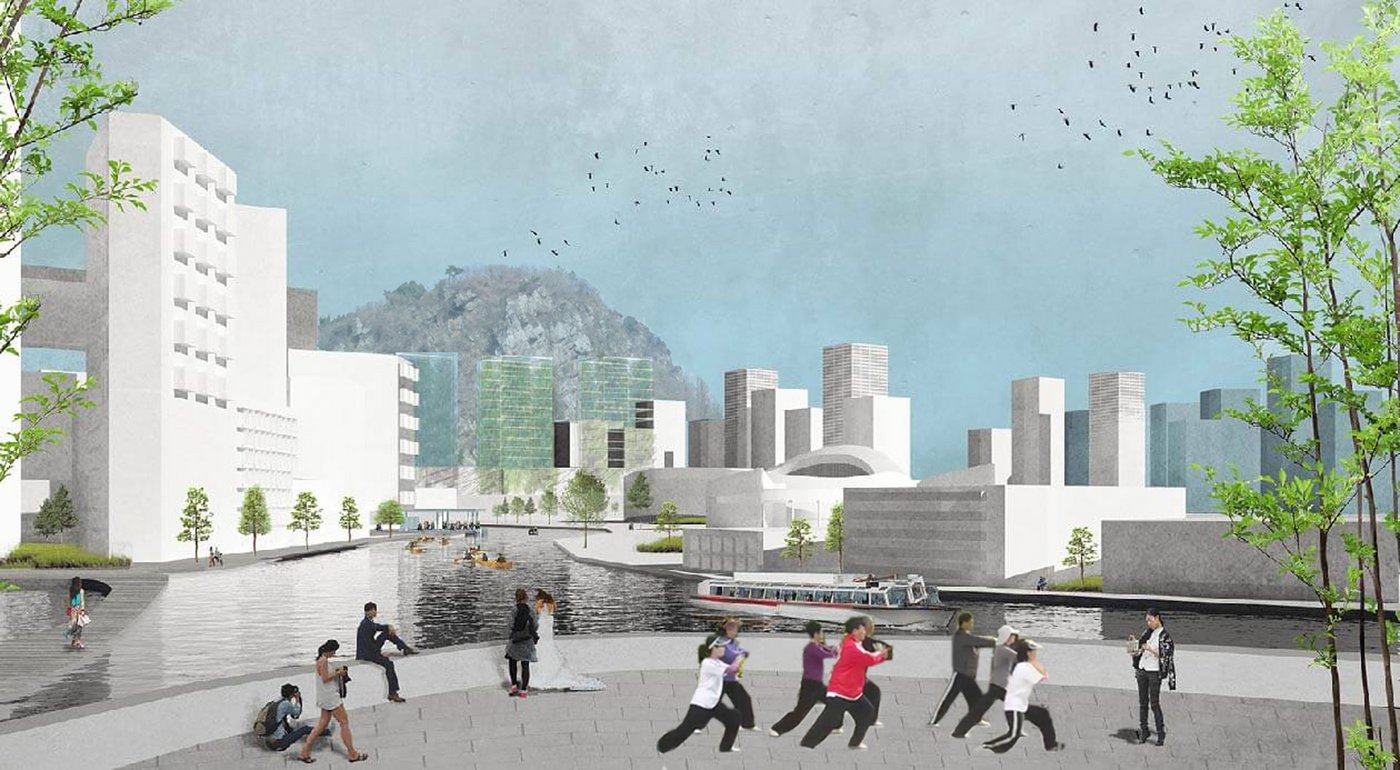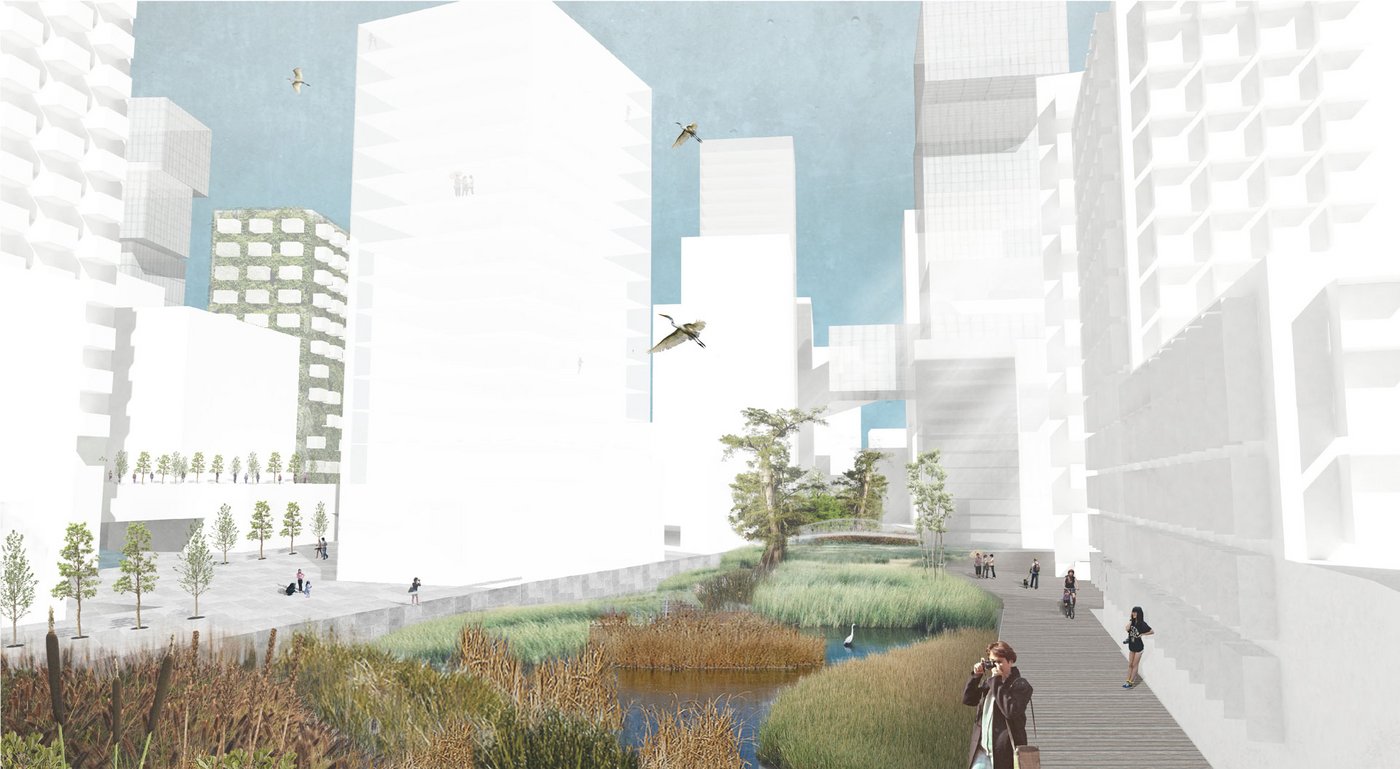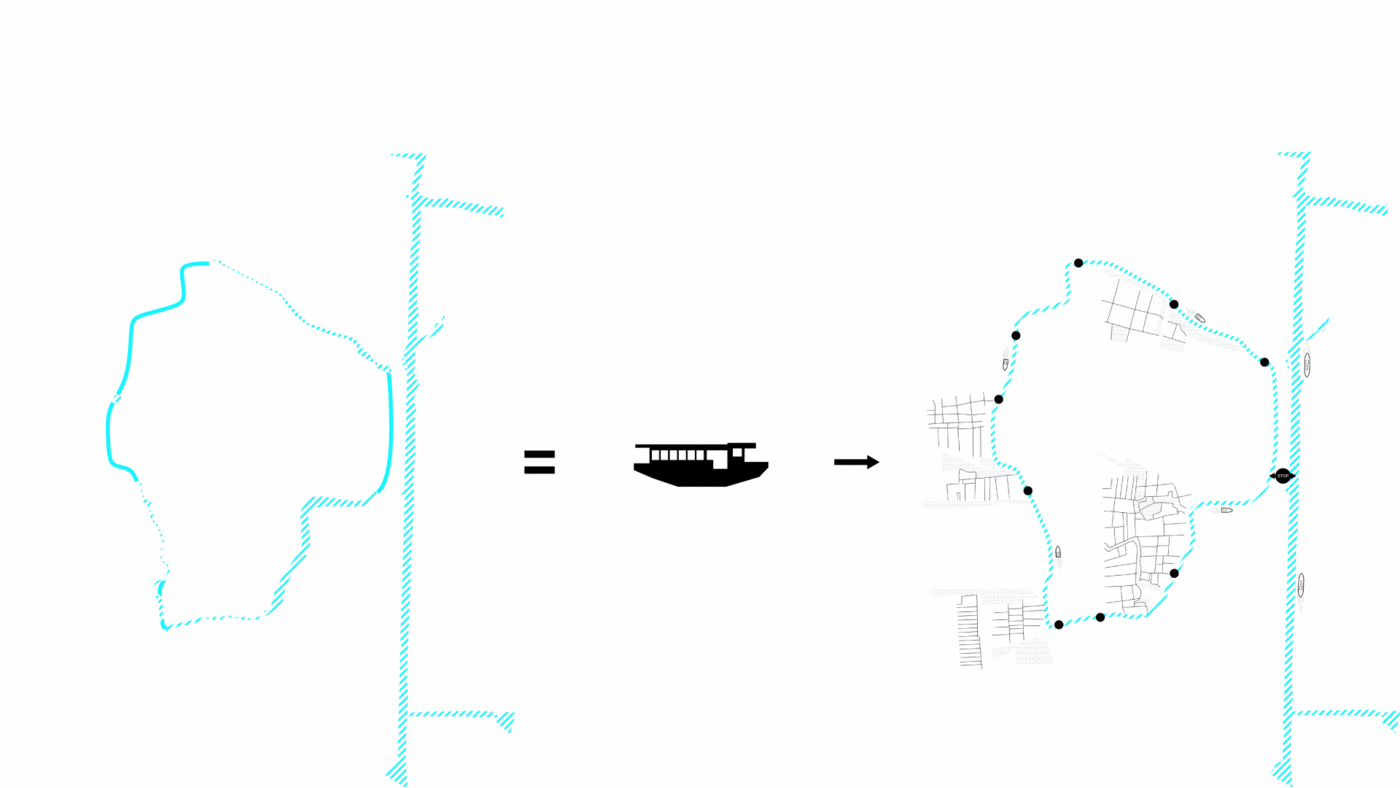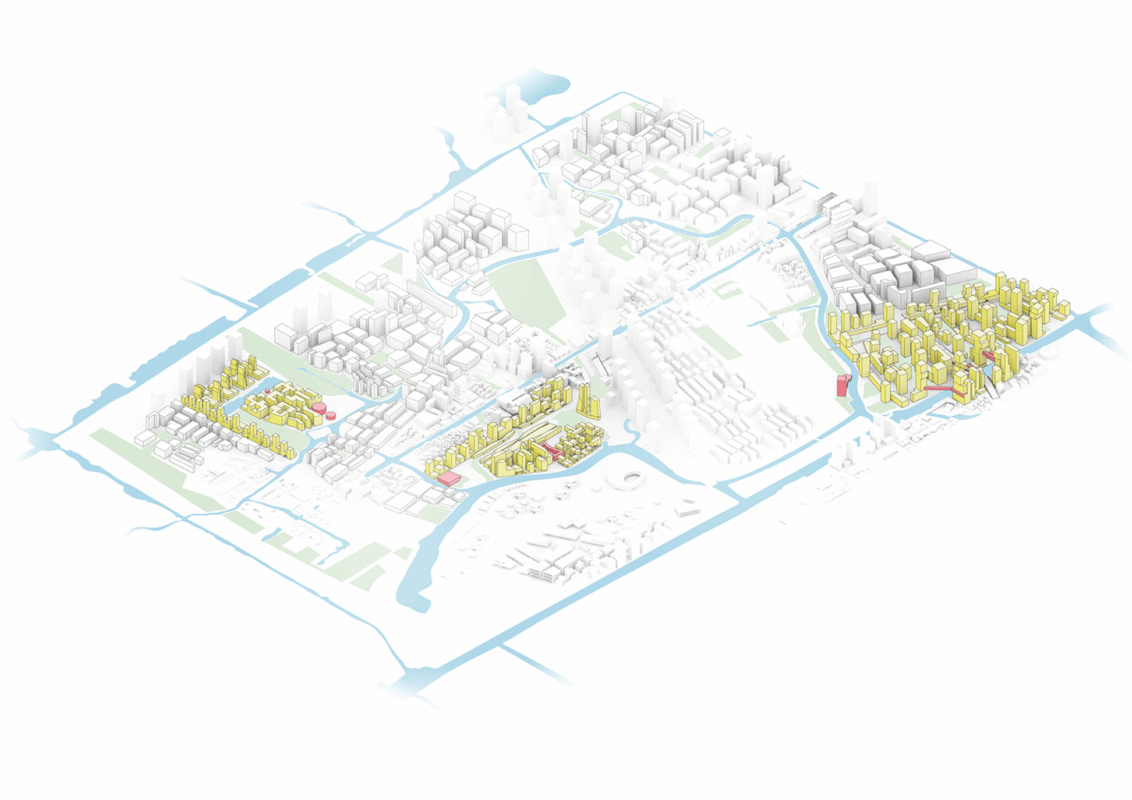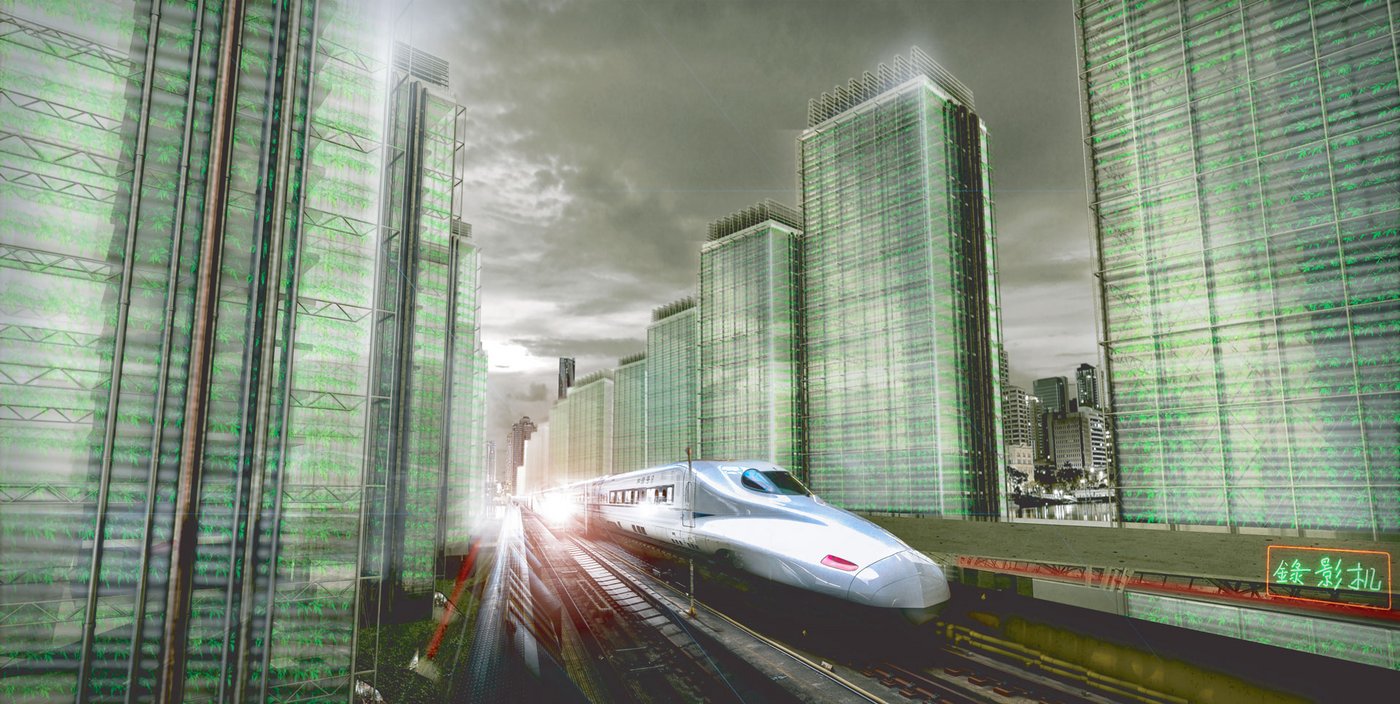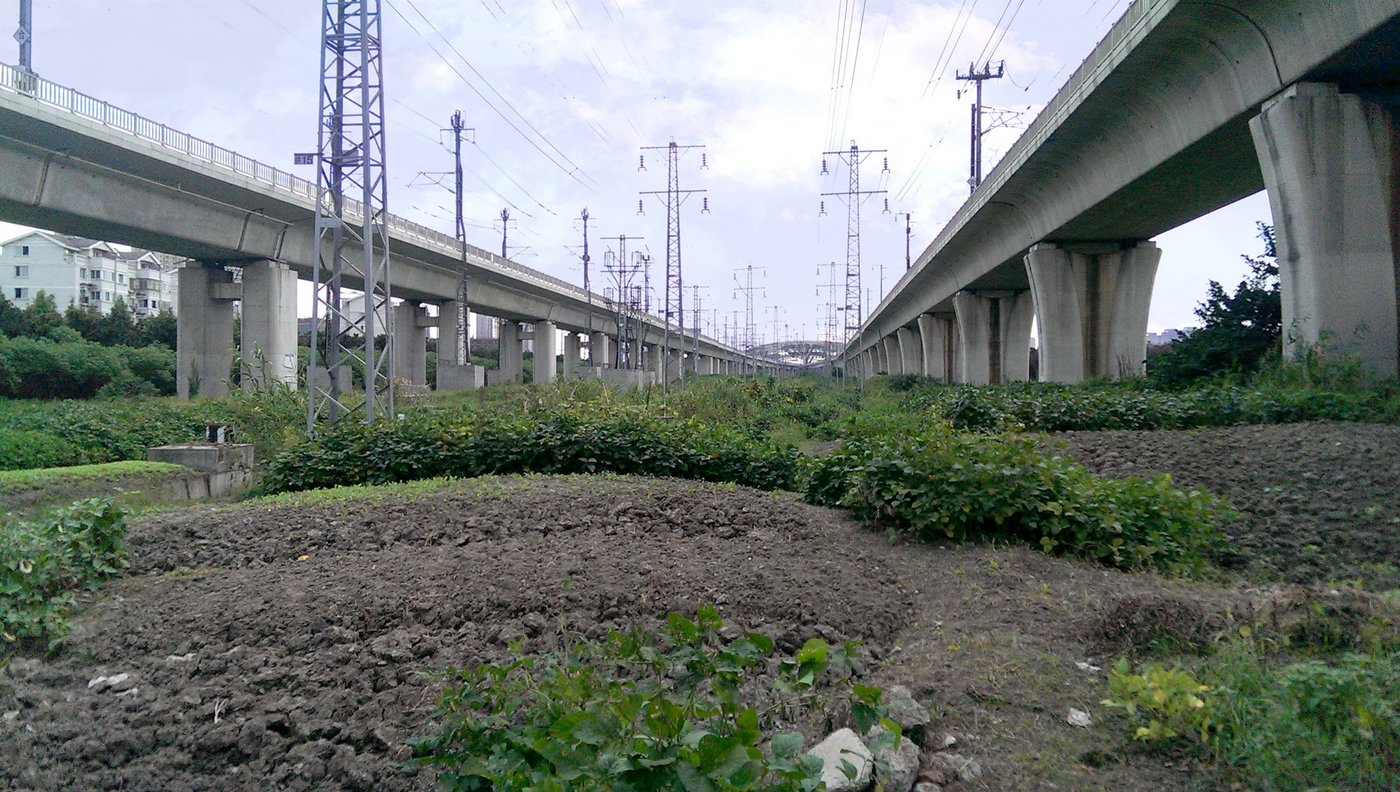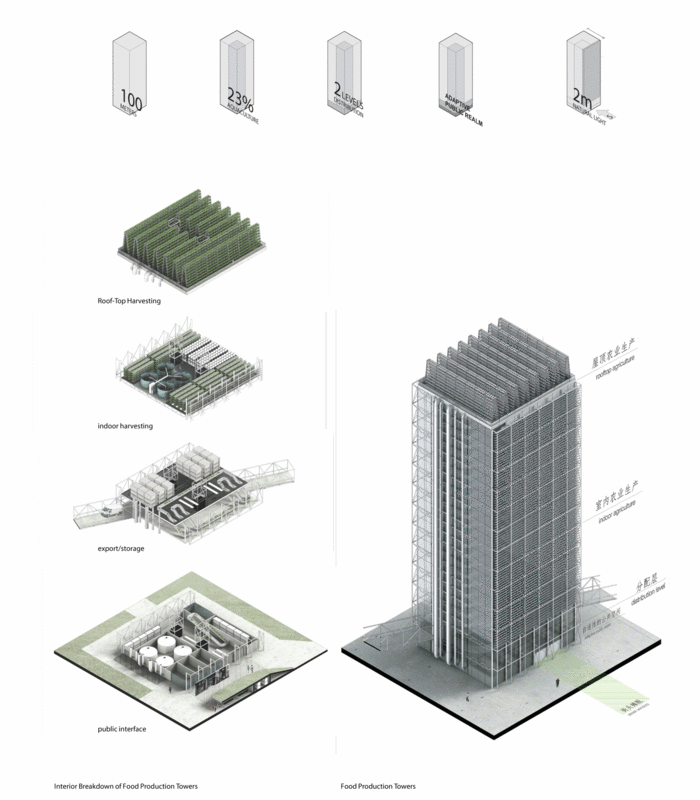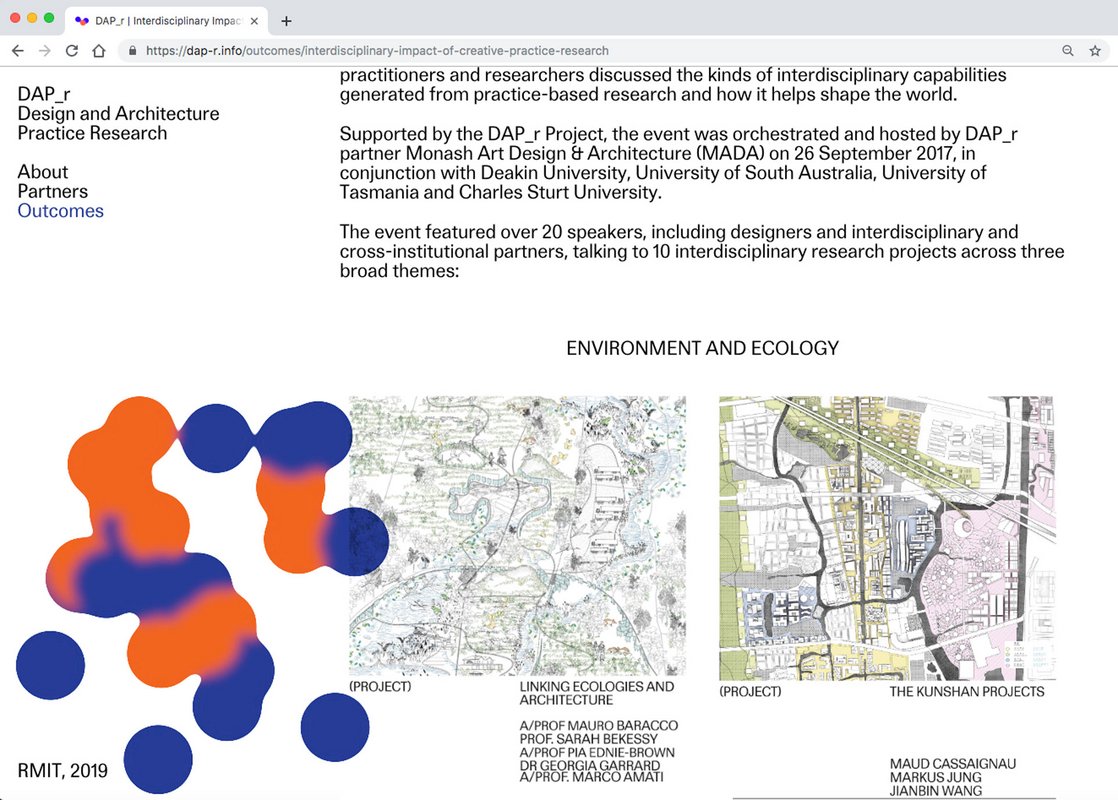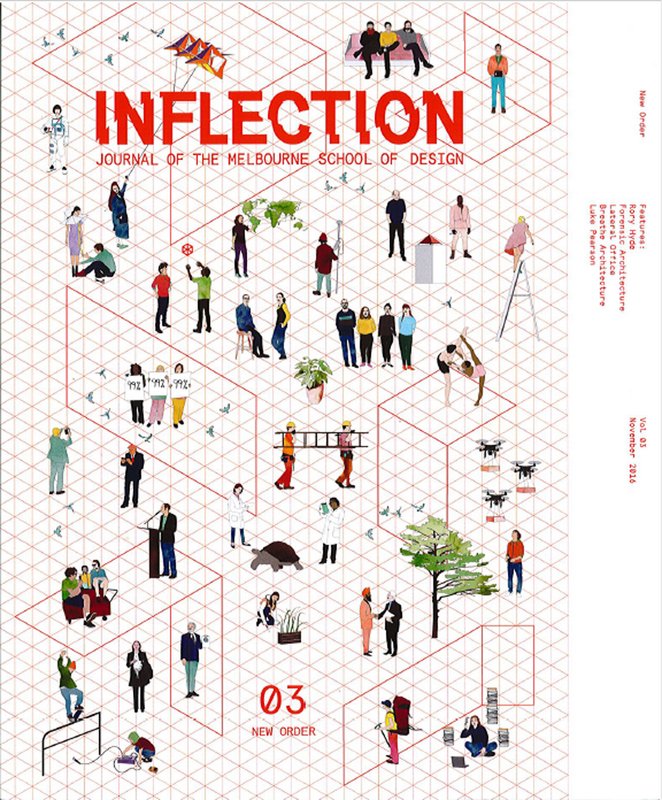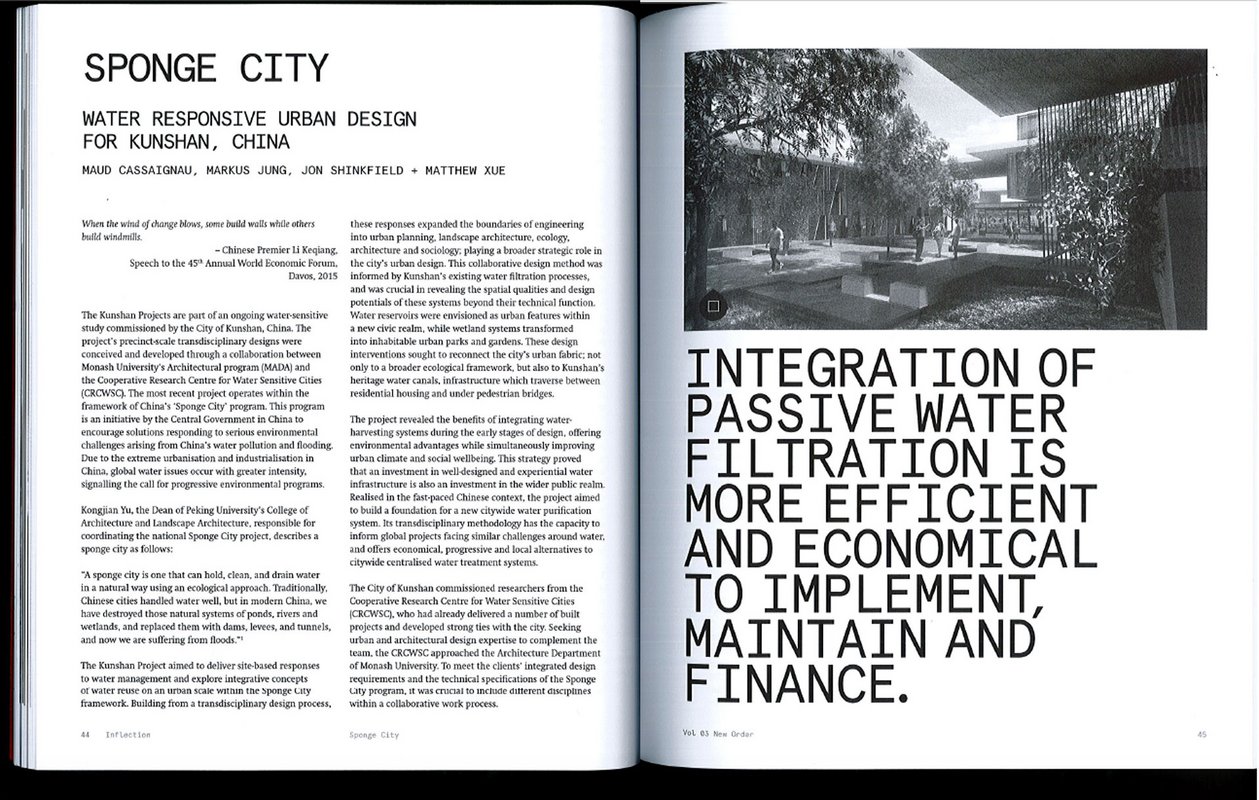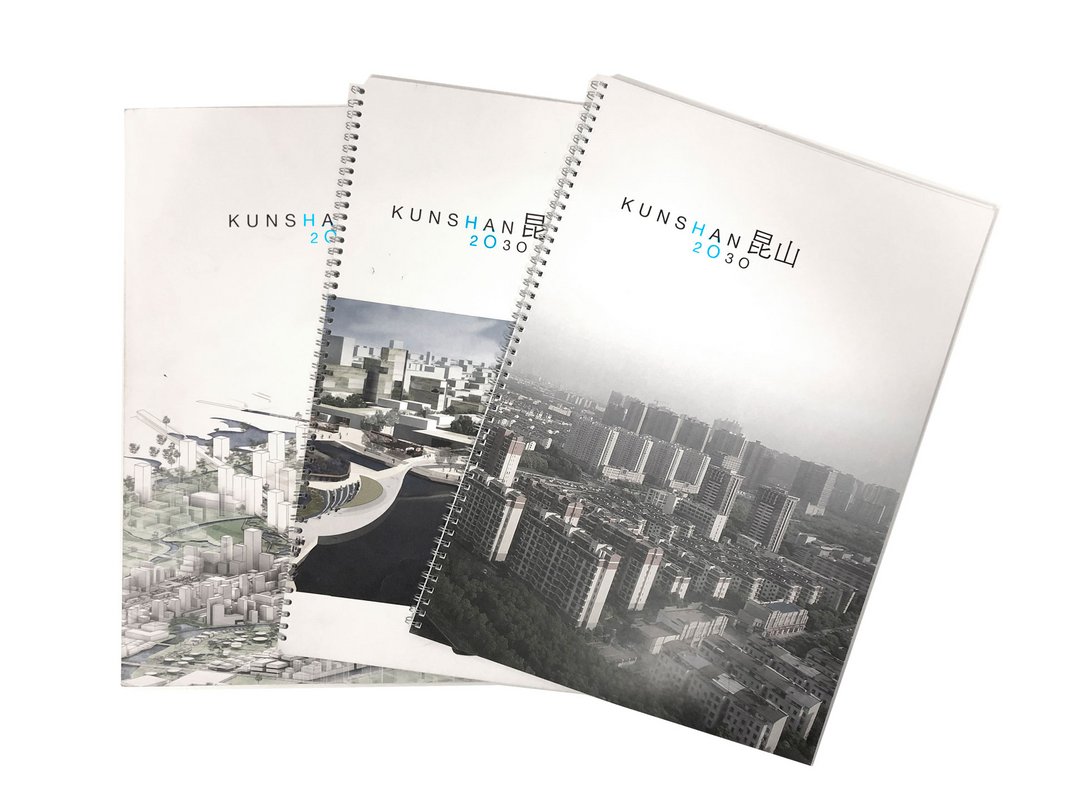code | K1 |
| project | sponge city |
| type | water sensitive urban design, research |
| size | 159 Ha |
| budget | - |
| client | planning bureau kunshan city |
| collaborators | monash university, crc for water sensitive city, jon shinkfield (realm studios) |
| location | kunshan, china |
| year | 2014 |
Overview
The Kunshan project 1 was a real time project examining new urban typologies and form for the emerging city of Kunshan in China.
The focus of the studio was an urban precinct that is closely associated with the existing high-speed train station and the adjacent developing city quarter. Through the consideration of new urban form and typologies the project sought an integrated transect through urban agriculture, urban ecology and the city core.
An important exploration for the team was the historical, cultural and physical condition of Kunshan. The city’s low-lying, regularly inundated topography is the site of China’s earliest rice production, and the network of constructed canals has been central to the city’s early development. Kunshan is evolving from its agricultural past to an urbanised community but continues to maintain strong ties to its agricultural roots. This transition presents a current challenge – to develop urban typologies and models that demonstrate an integrated position in both architecture and urbanism – a successful urban ecology.
The research project has been a trans-disciplinary collaboration between XPACE, Monash University and the Cooperative Research Centre for Water Sensitive Cities. Inputs have been drawn from a spectrum of specialists operating in the fields of architecture, urban and landscape design, urban climate, urban ecologies and water management. The Kunshan project was led by Markus Jung, Senior Lecturer MADA and director of XPACE architecture + urban design, and Jon Shinkfield, Senior Research Fellow, CRC for Water Sensitive Cities and director of REALM studios.
The Yangtze River Delta
As the third longest river in the world the east-west flowing Yangtze River winds 6,300km and carries one billion cubic meters of water annually from the high Tibetan Alps to the East China Sea. Carrying 80% of China’s waterborne traffic, the river culminates in the wide delta plains of the powerful port city of Shanghai.
The Yangtze River Delta has an area of 110,915 square kilometres composed by the provinces of Jiangsu and Zhejiang. At only 1.1% of China’s total land area, the Delta is home to 108.6 million people; 8.1% of China’s total population.
Traditionally known as ‘The land of fish and rice’, the Delta produces abundant grain, cotton, hemp and tea. Historically flood prone the low-lying land has been converted into a network of canals for agricultural use. The Delta’s 40,000km of waterways now serve as a conduit for goods and products, linking the region to the rest of China.
Today, the Yangtze River Delta is an important economic powerhouse of the Chinese mainland. Jiangsu and Zhejiang are important manufacturing bases for China, while Shanghai acts as China’s financial and logistics centre. The Yangtze River Delta has huge bases of heavy industry such as machinery and chemicals. Other industries include the production of raw materials, intermediate goods and capital goods such as electronic parts, textile and chemical fibre.
The Yangtze River Delta contains one of the largest concentrations of adjacent metropolitan areas in the world with 75% of the area’s population estimated to live in an urban area. As rural-urban migration increases, greater demands are placed on the urban environment to fulfil the needs of city residents.
Kunshan City
Kunshan is one of China’s “Third Tier Cities” located about an hours drive north west of Shanghai or the first stop on the bullet train between Shanghai and Beijing – the high-speed train cuts travel time between the two cities to around fifteen minutes. It is this immediate connection to Shanghai that allows Kunshan to be highly connected and aspirational in its vision.
Kunshan was formerly an agricultural and water town, however, with China’s rapid urban migration the city’s focus has shifted toward that of industry, manufacturing and production. Focused intently on its future, newly built roadways, promenades and high-rise towers prepare for expected population growth.
With Kunshan’s urban expansion the extensive water network of the city has fallen short of contemporary standards leaving canals and large water bodies polluted and unhealthy. There is an identified need for the city to take radical steps in improving the existing water conditions by focusing on a new water sensitive approach to planning and urbanism.
